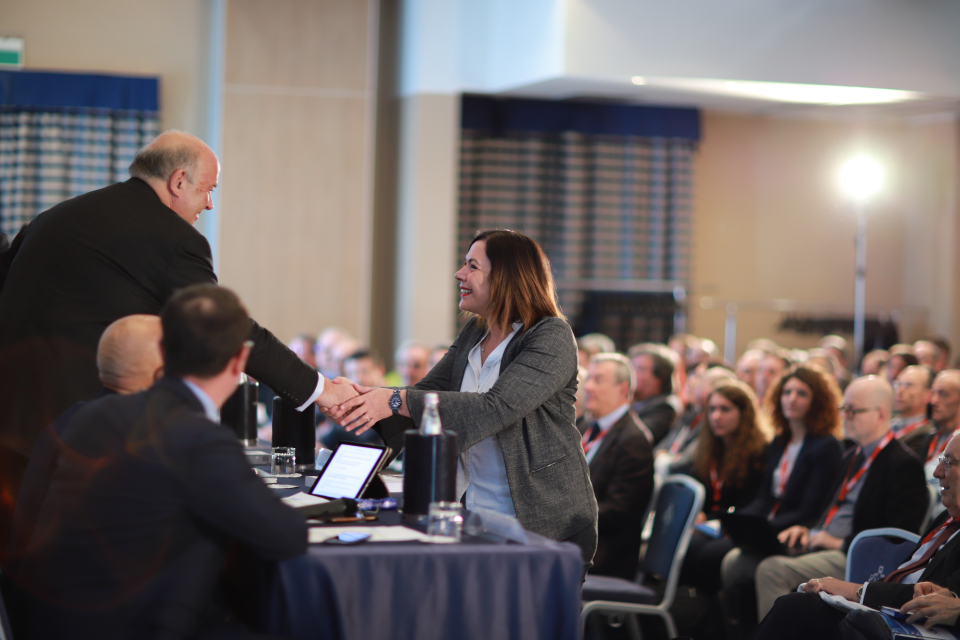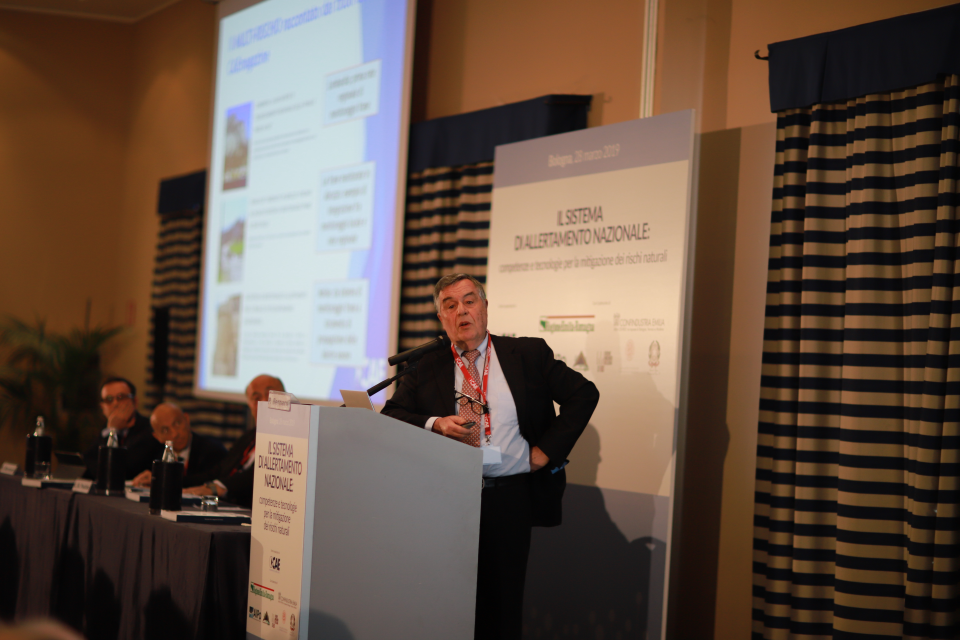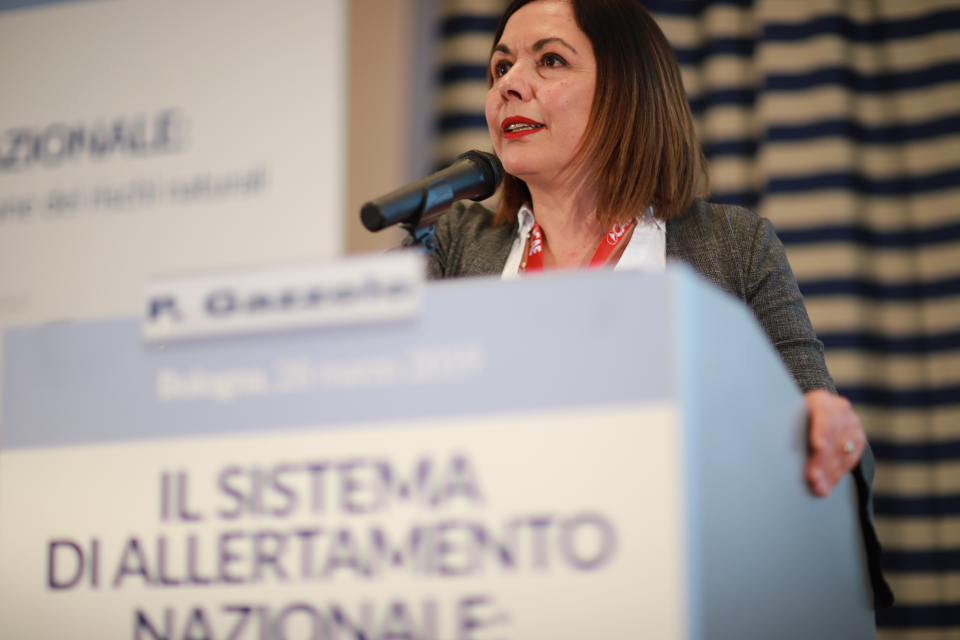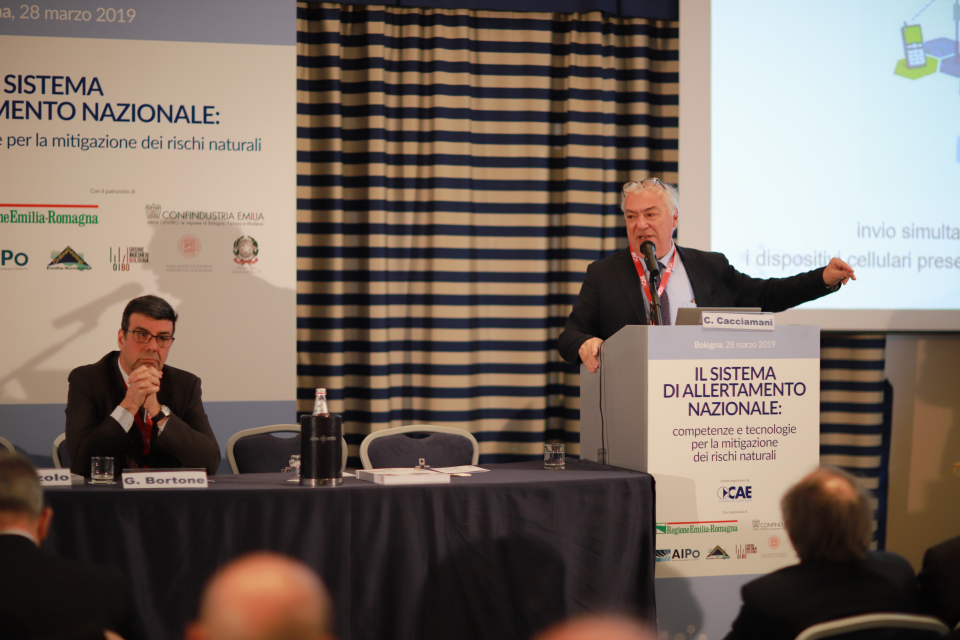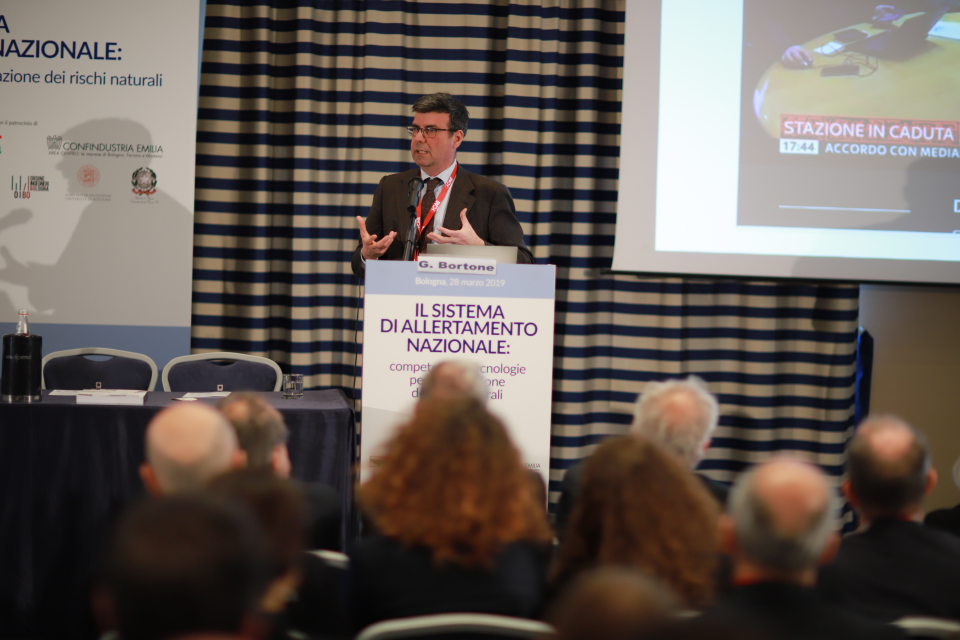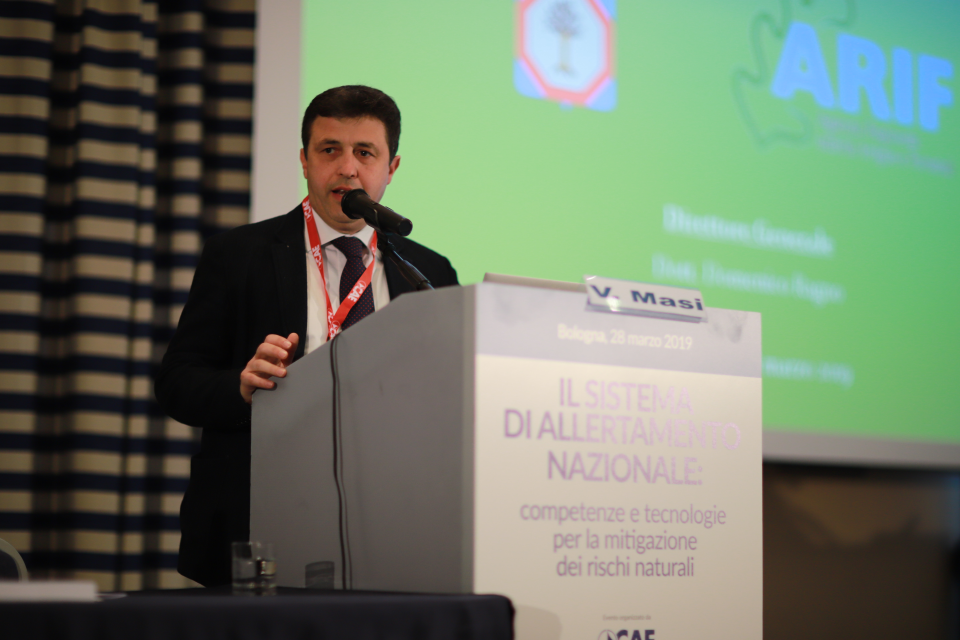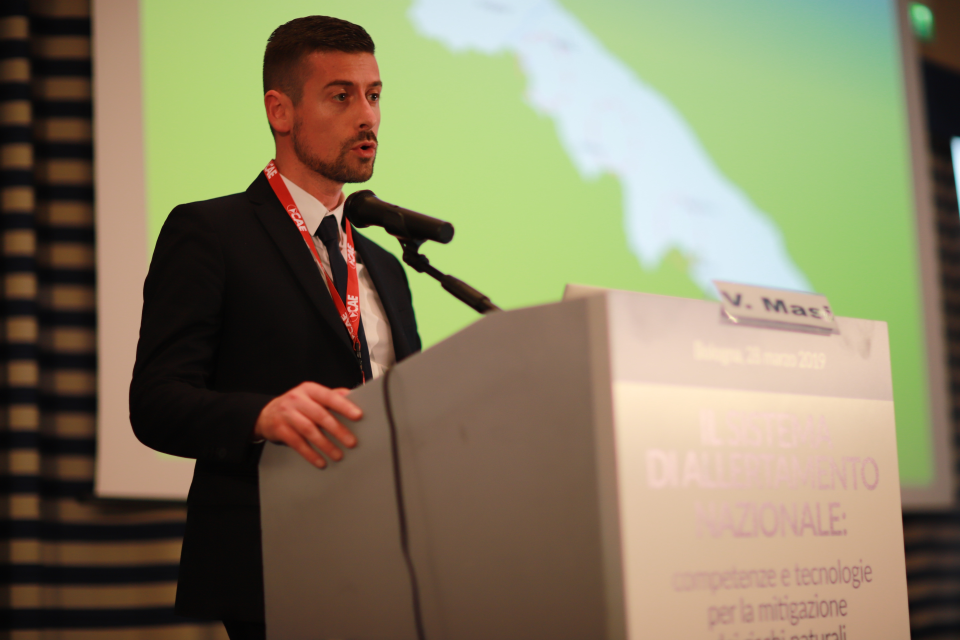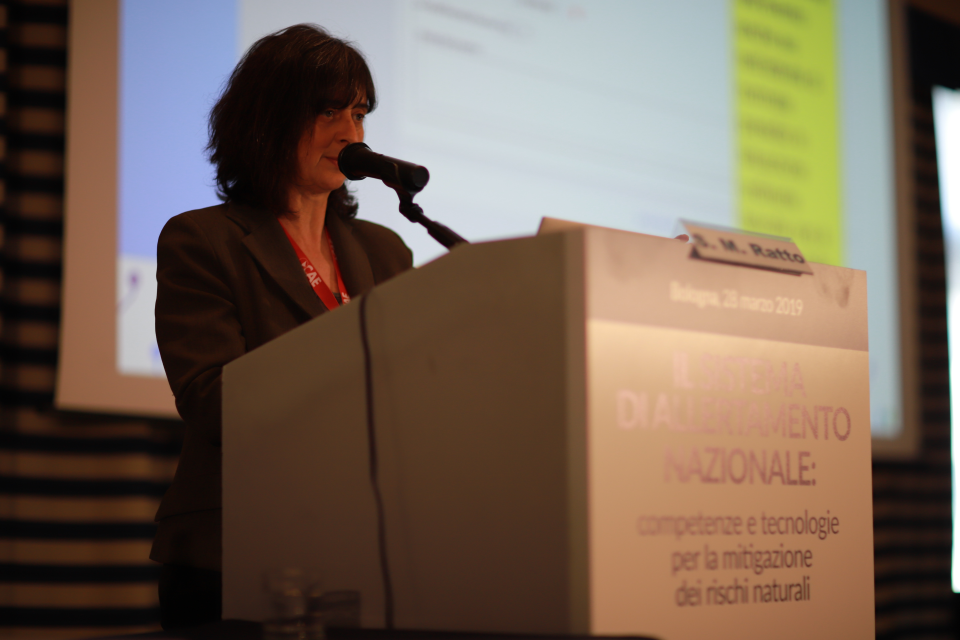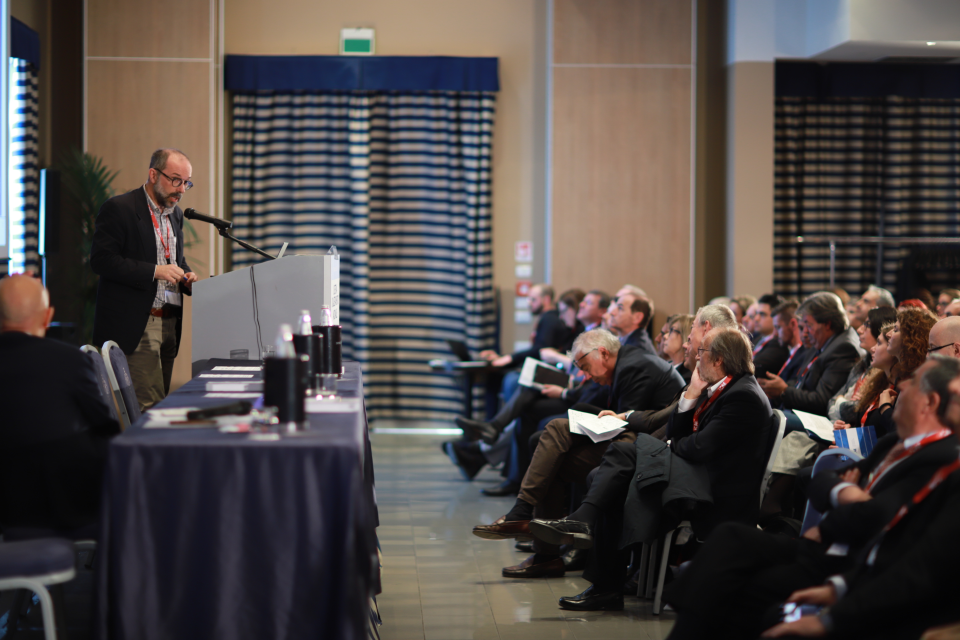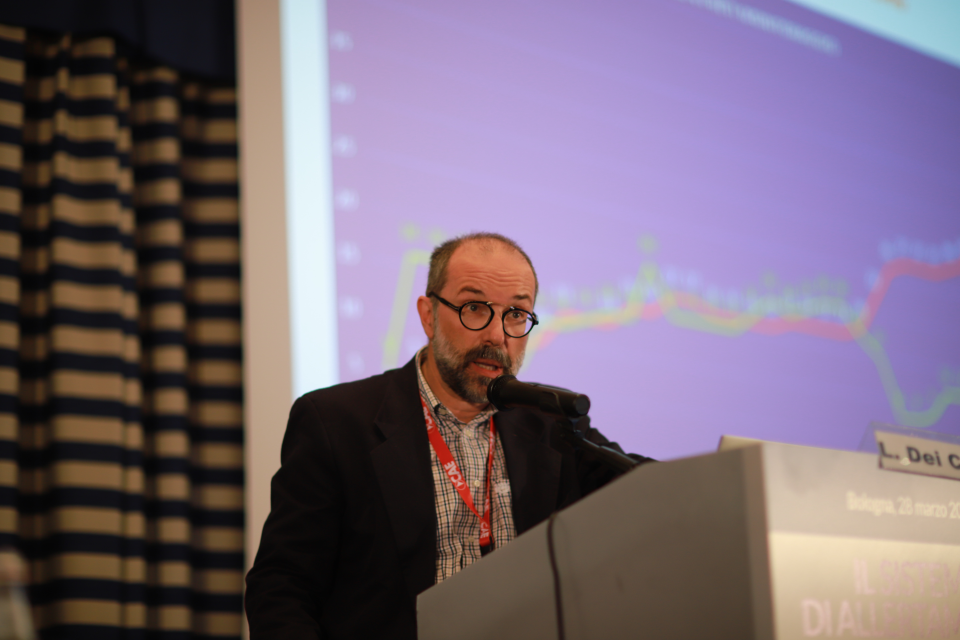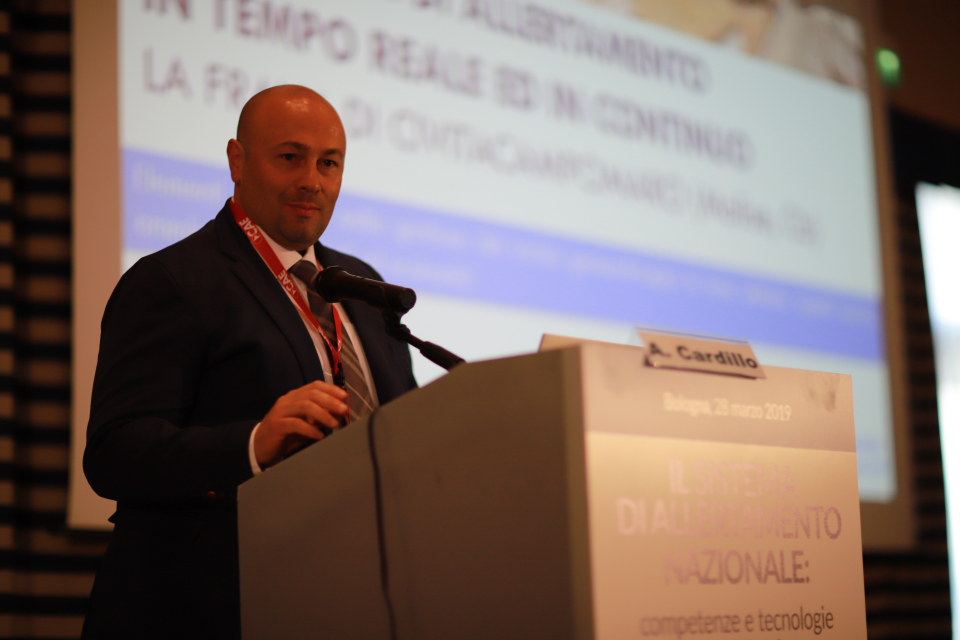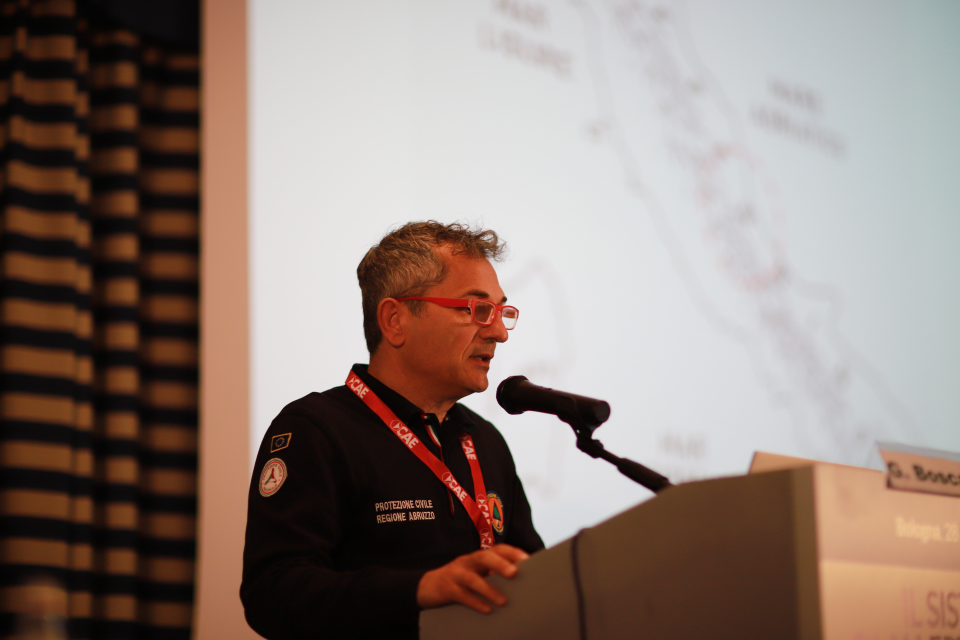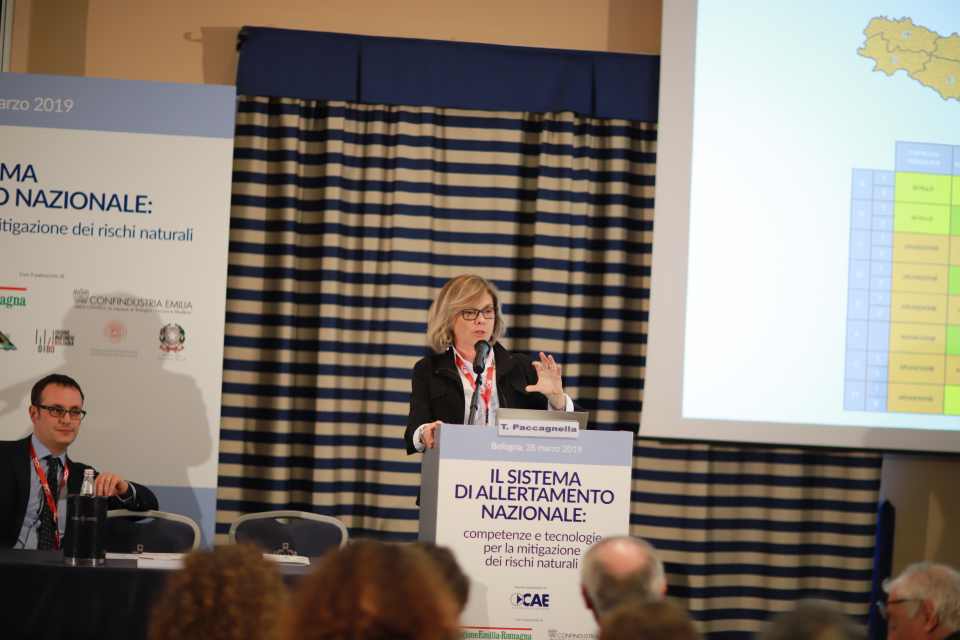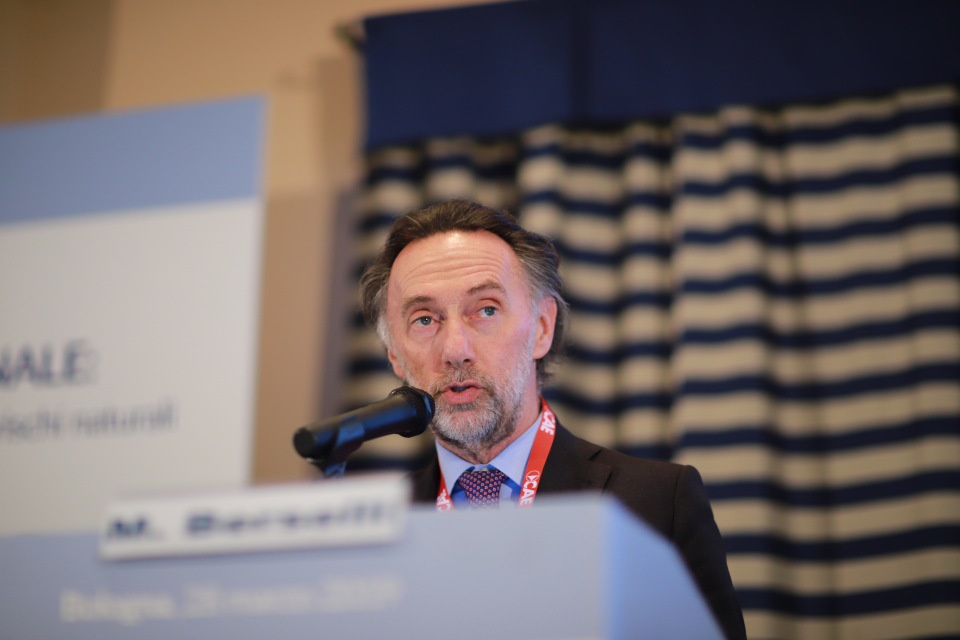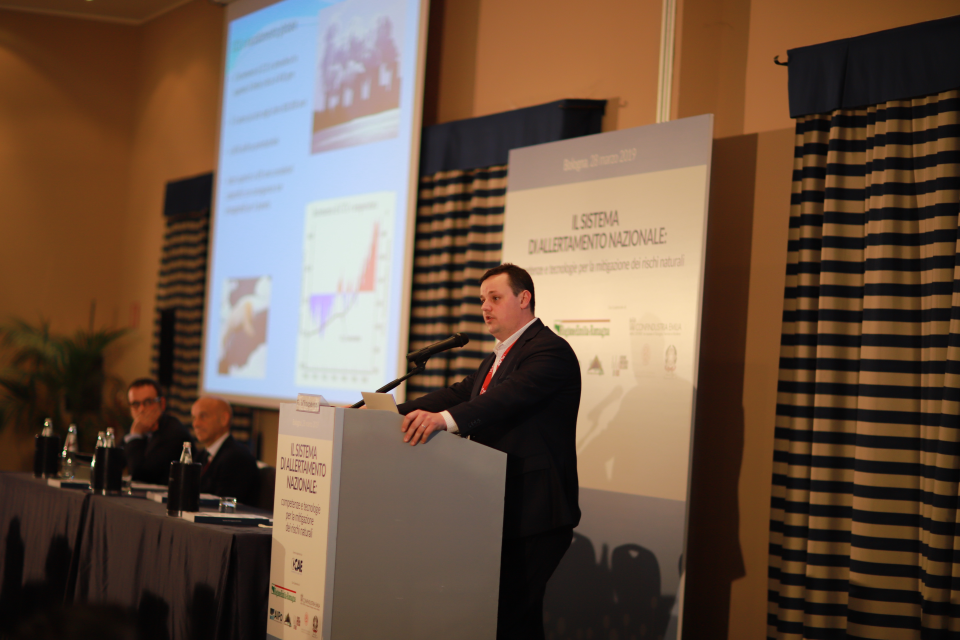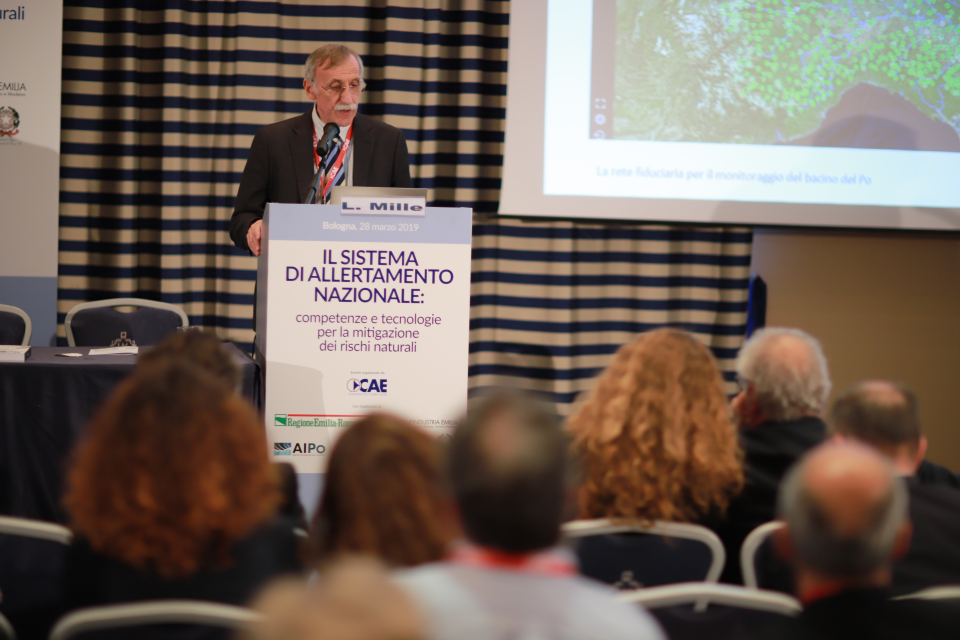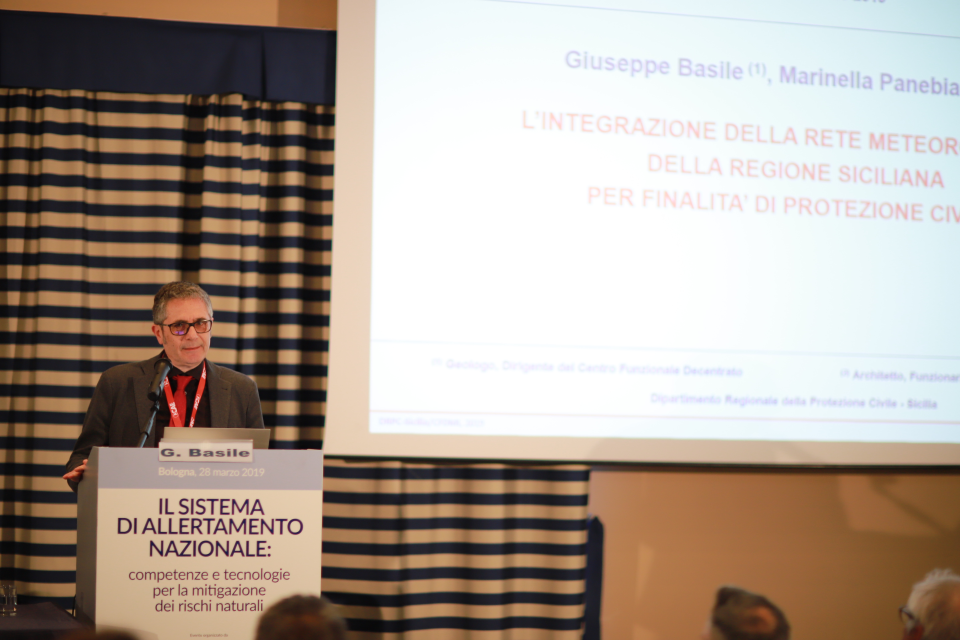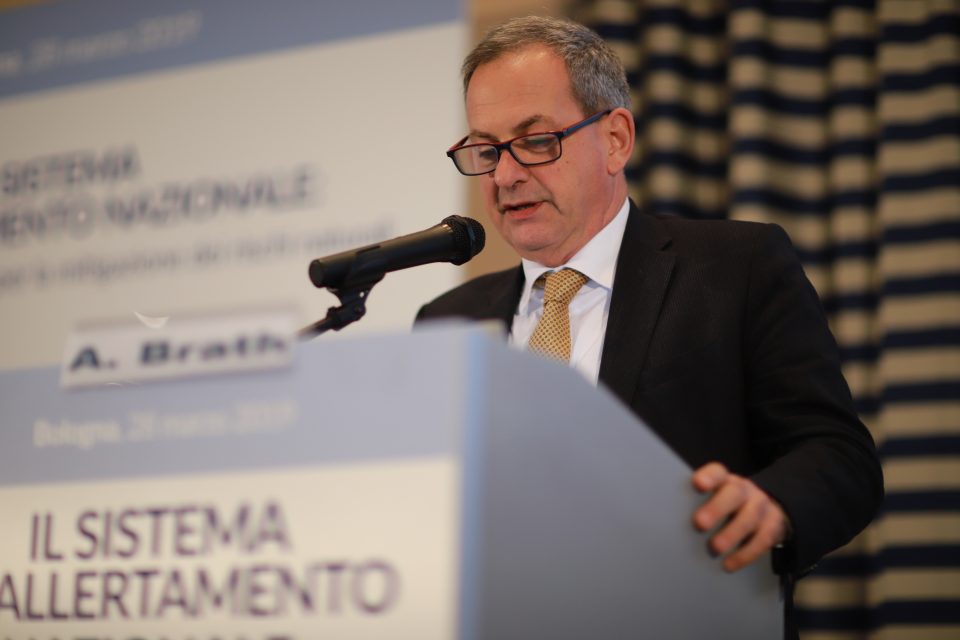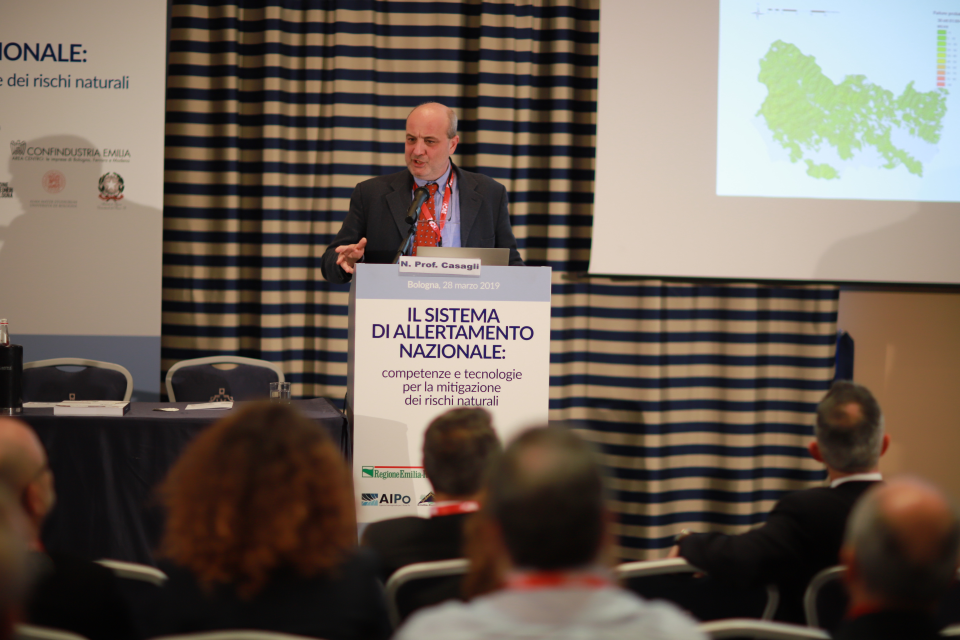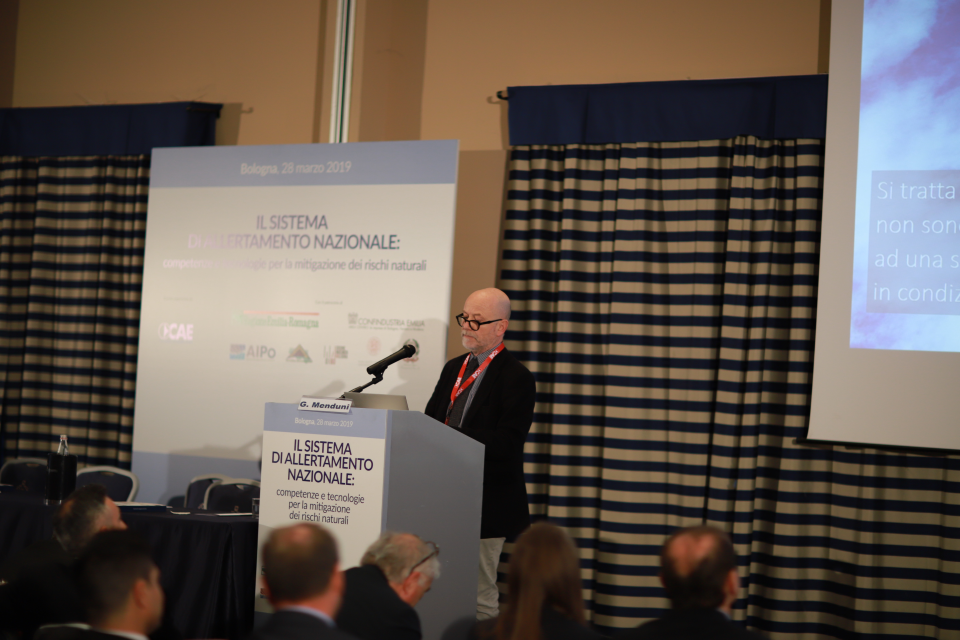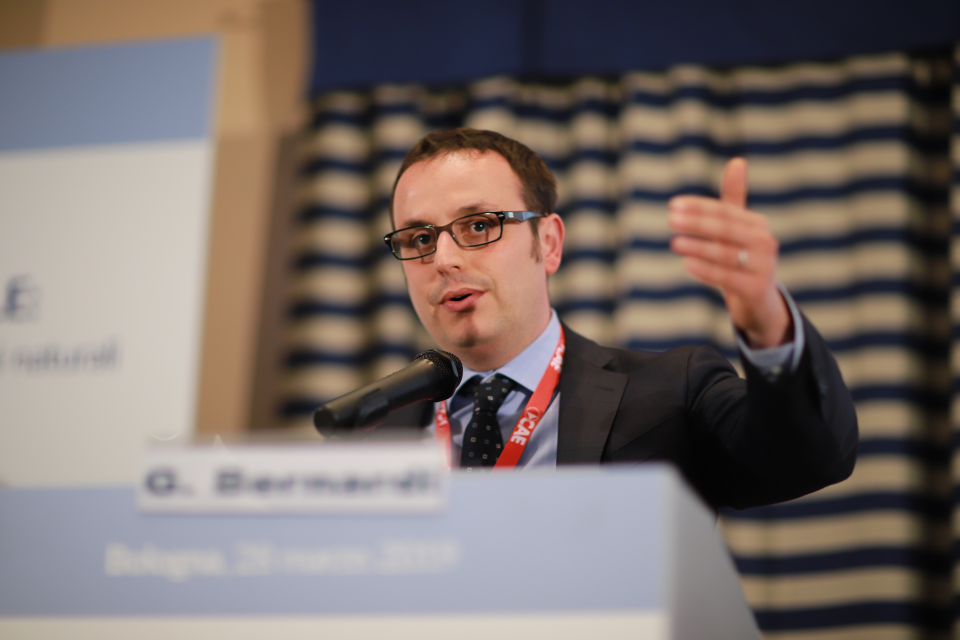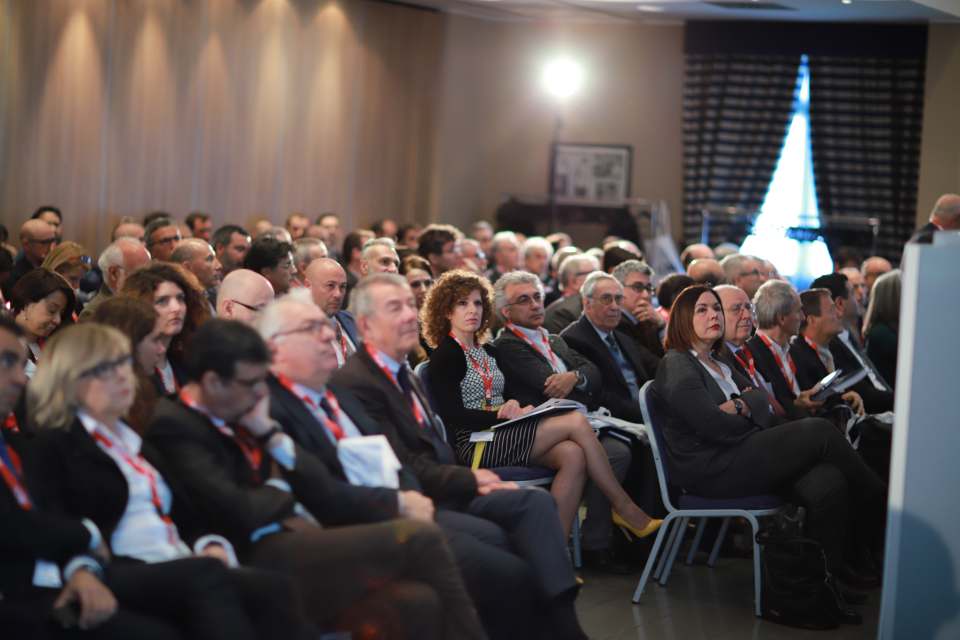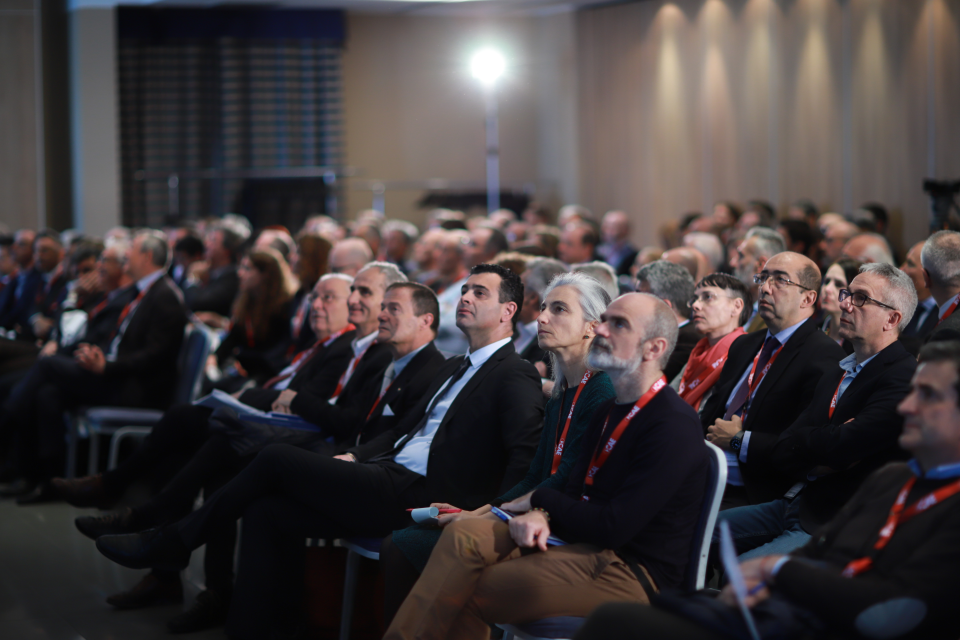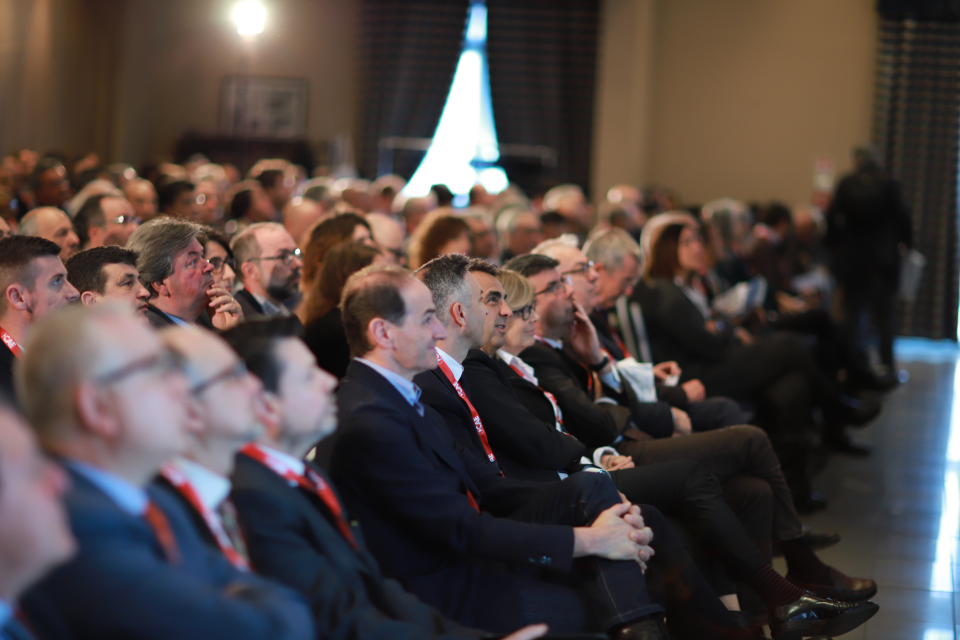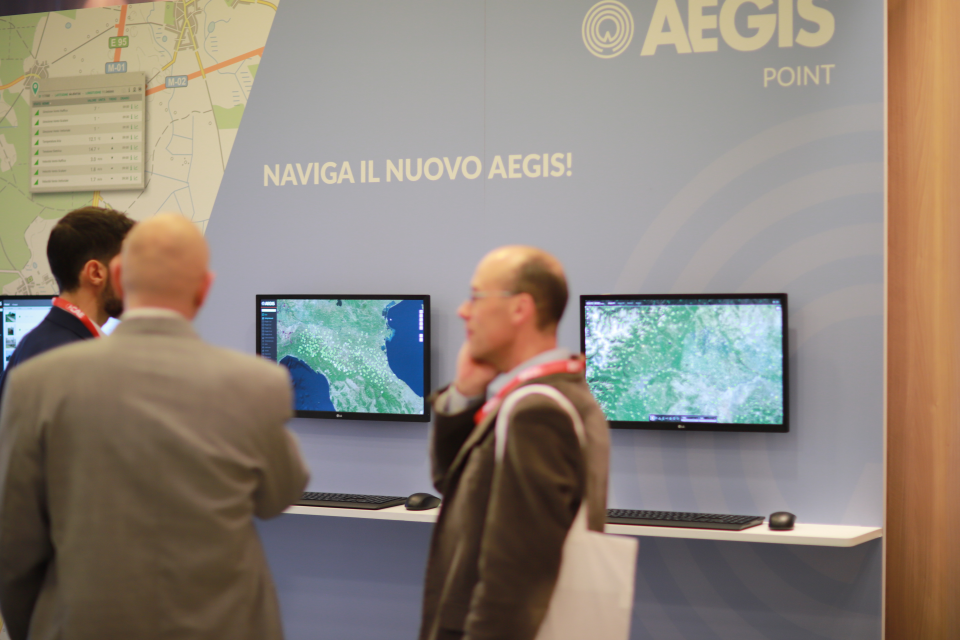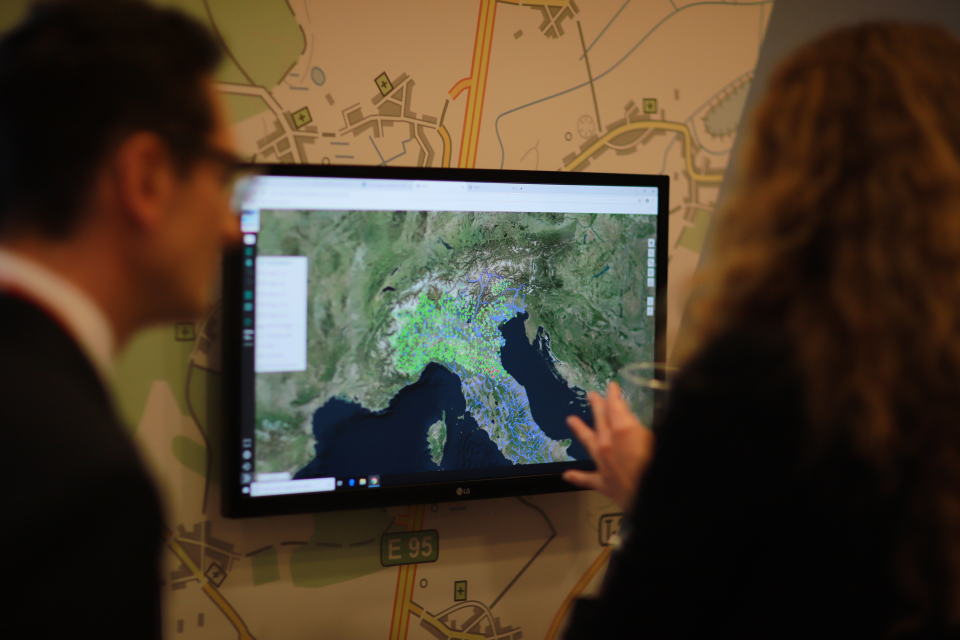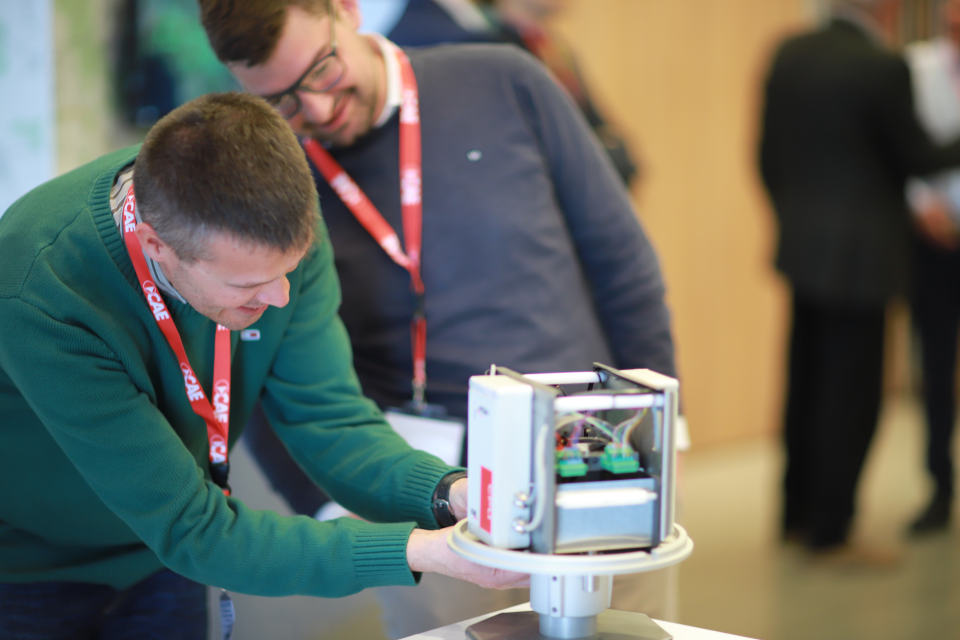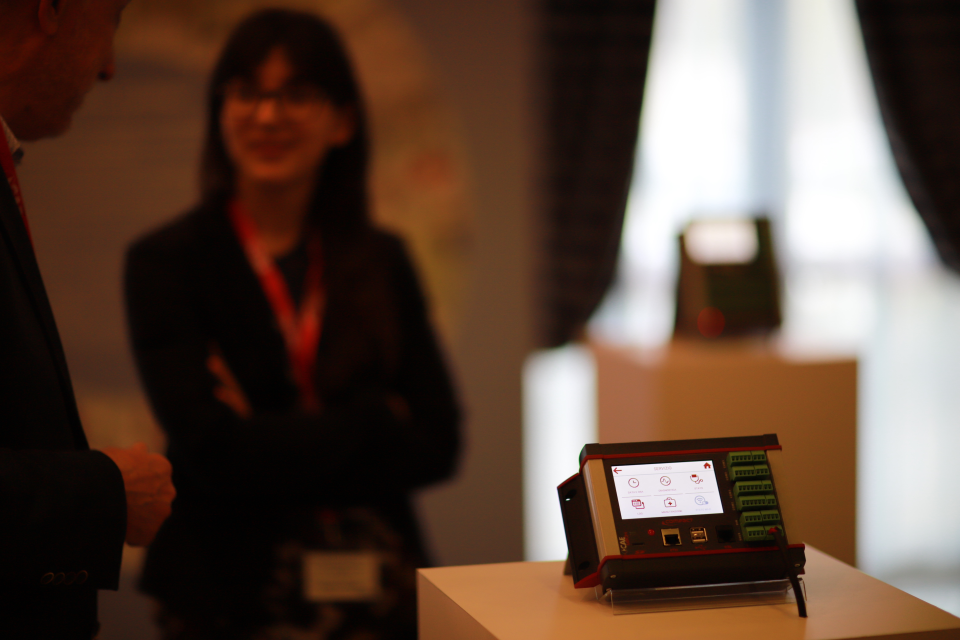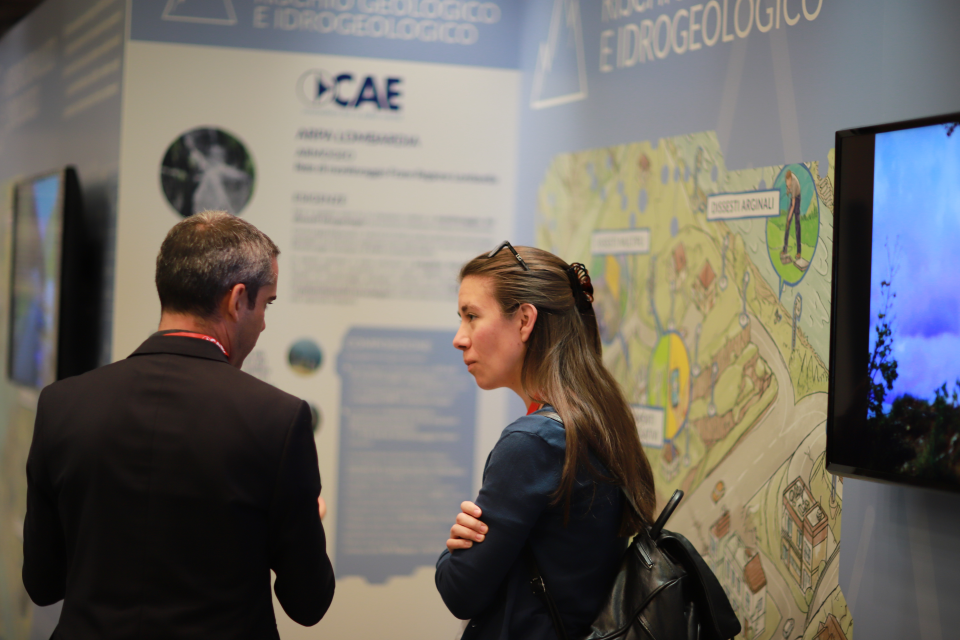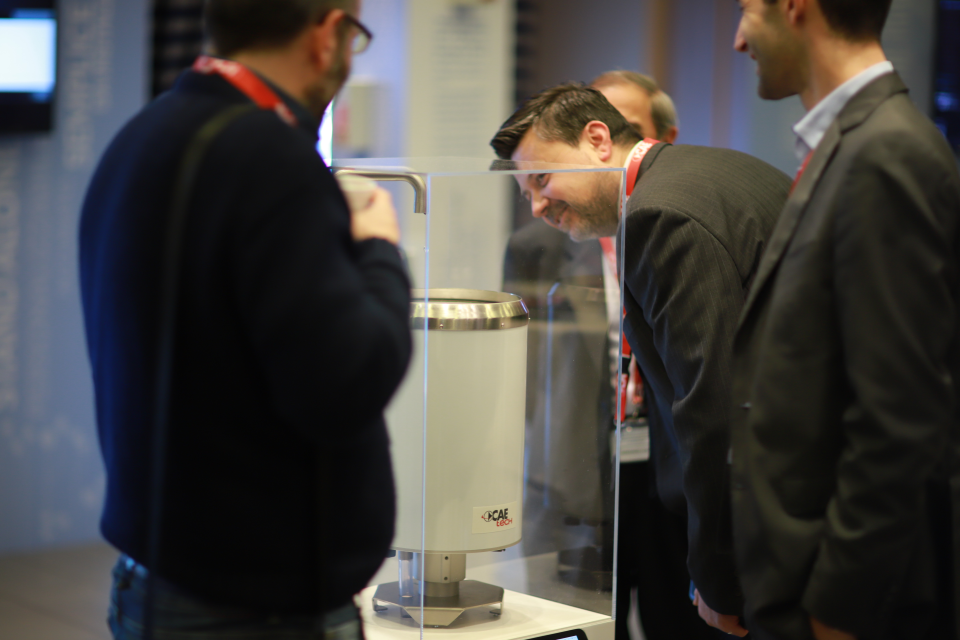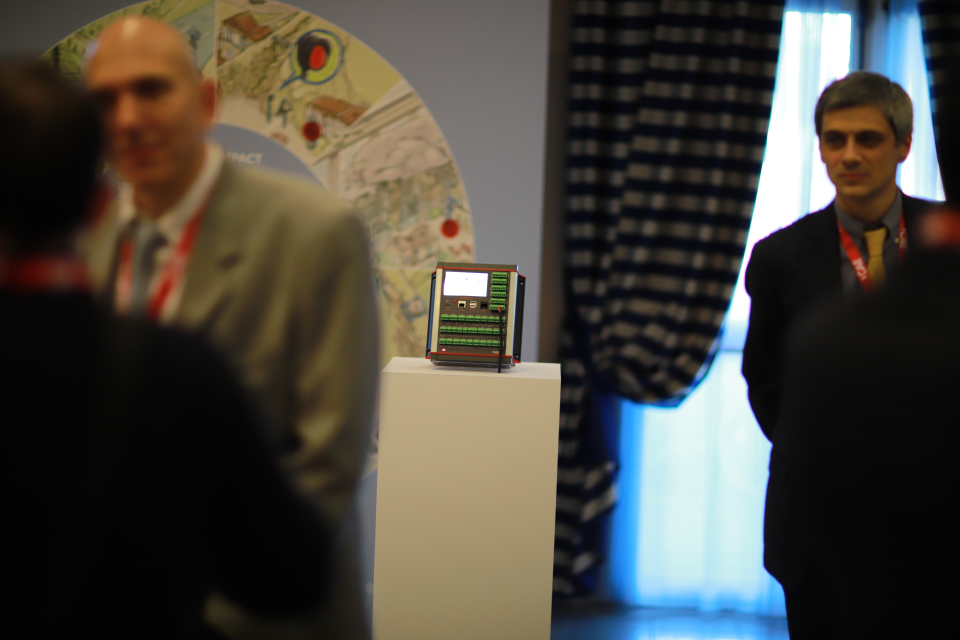The national alert system: a debate between public administration, academic community and the industry
The invitation-based conference "The national alert system: expertise and technologies for the mitigation of natural risks" was held in Bologna on March 28th, 2019.
The event, organized by CAE, was sponsored by Regione Emilia-Romagna, Confindustria Emilia, University of Bologna, AIPo (Interregional Agency for the River Po), AdBPo (Po River Basin Authority), Order of Engineers of Bologna and Order of Geologists of Emilia-Romagna.
Therefore, the aim of the conference was to share the experiences of the public administration, the academic community and the industry, in order to take stock of the present and the future of the national alert system.
Speakers included not only the top prominent figures of the various organizations sponsors of the event, but also representatives of the Central Functional Centre of the Civil Protection National Department (Cacciamani), the National System for Environmental Protection - SNPA (Bortone), the Italian National Association for Land Reclamation and Irrigation - ANBI (Vincenzi), the Italian Hydrotecnique Association (Prof. Brath) and several technical managers of the bodies involved in the national alert system (ARPA, regional departments, etc.).
Among the topics covered during the conference were the critical issues of the territory and of the national alert system, soil protection, environment and civil protection and collaboration between institutions, which - as discussed several times - is instrumental to guarantee efficient and effective preventive actions.
Thanks to the numerous guests and speakers who took part in the initiative, the conference became a unique opportunity for discussion between the various public administrations (to which a consistent part of the conference was dedicated) and to present their best practices in warning systems for natural hazards.
The event was also an opportunity to present the latest innovative technologies for multi-risk alerting and proposals from the academic community.
Our hope is that the results of this conference will bring interest, ideas and topics for future debates.
Back to the index

